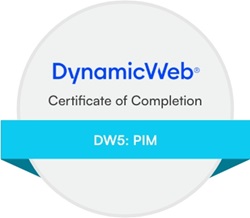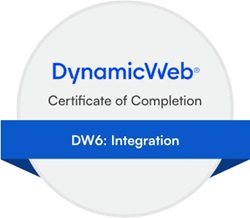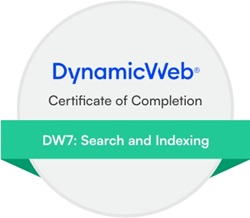Hello,
I have tried to get my mind around the following and can't really get any ideas on a best-practice method for this.
Prior to my development within Dynamicweb, I used to have my own local environment in Visual Studio, connected to my IIS and with a local database. At a point where the customer was to have insigt in the project for feedback/changes etc. I would publish my work to a public staging(semi-live) site, which was accessible to anyone. If changes was to be made, I would simply fix the changes in question and re-publish to the staging site again and so forth. I have to say, that many of these solutions were hosted in-house. Furthermore I had the lovely ability to keep track of my files via a version control software - which ensured me file history, diffs etc. and the ability for others to work on the same project as me, without having any concerns regarding overwriting files etc. since we all had our own local environment..
However, in Dynamicweb many of the solutions which I am working on, on a daily basis, are not being hosted in-house but external. We do have ftp connections to the different solutions along with RDP access, however, if I were to setup a local dev. environment like the before-mentioned what would then be needed? It bugs me a bit that I on a regularly basis, as it is, has to work directly on a customer's live site as my setup is now. And not to mention the ability of NOT having version control of files. This is a huge issue in my honest opinion.
Any input, ideas would be very much appreciated :-)














